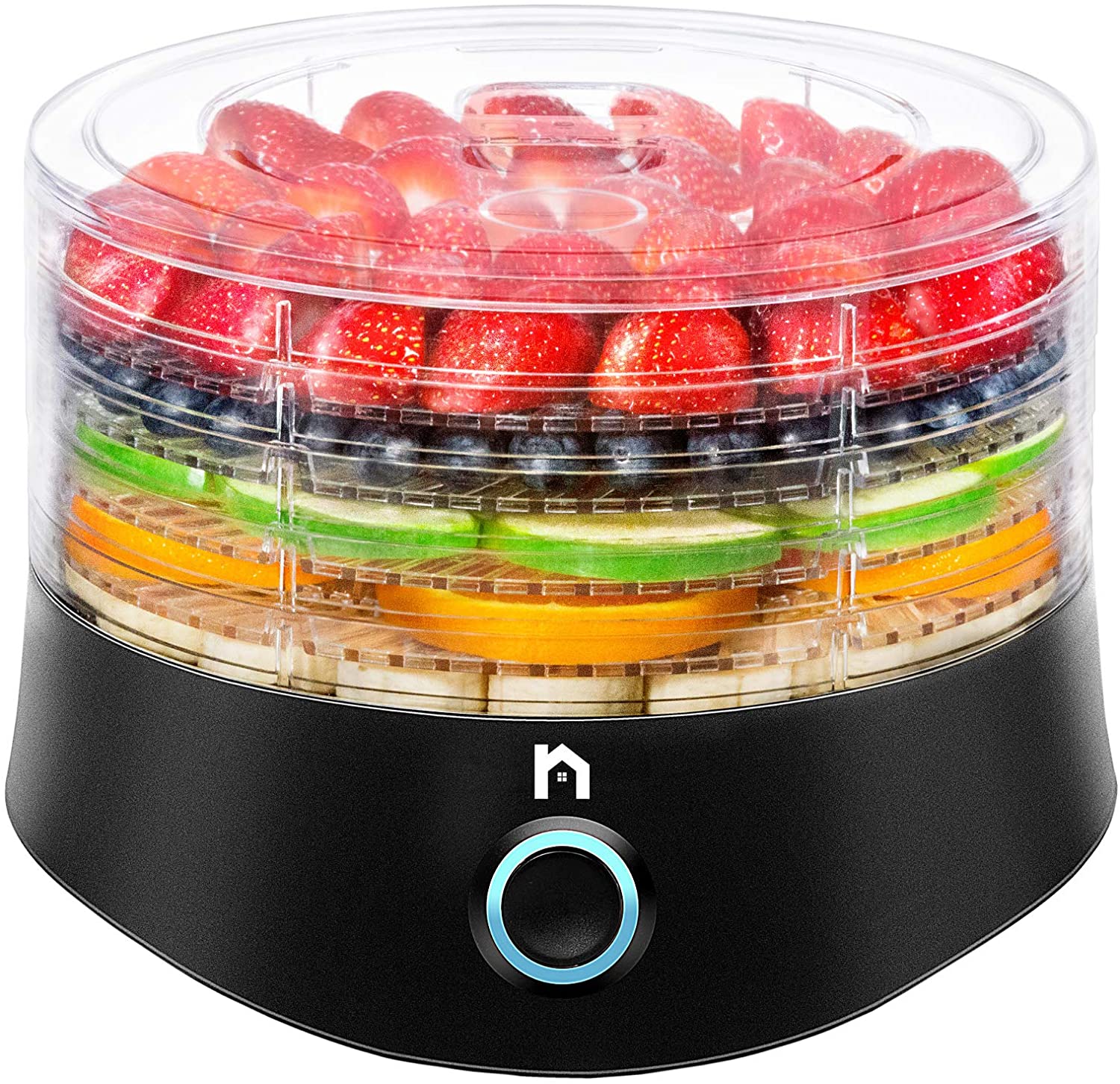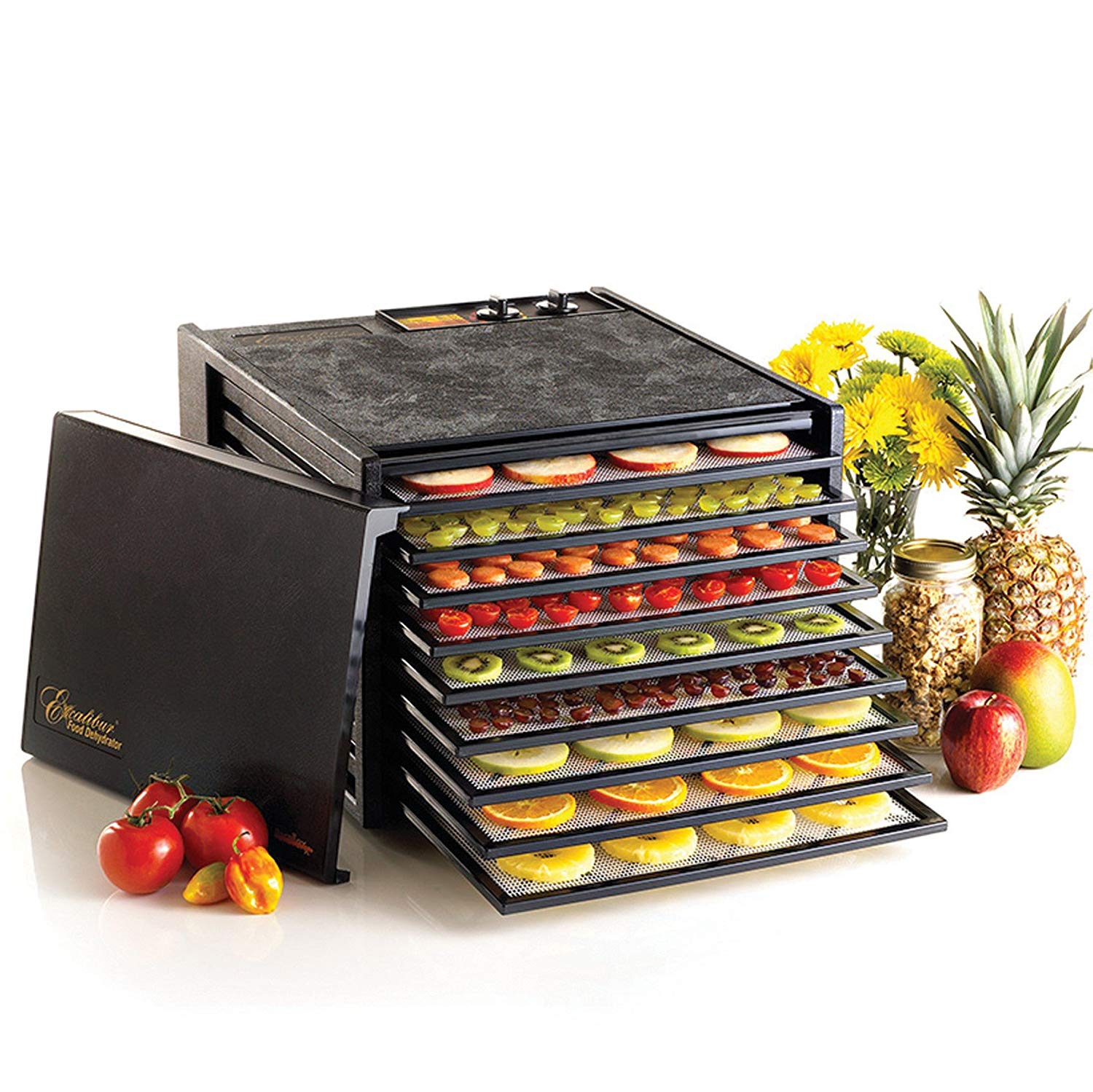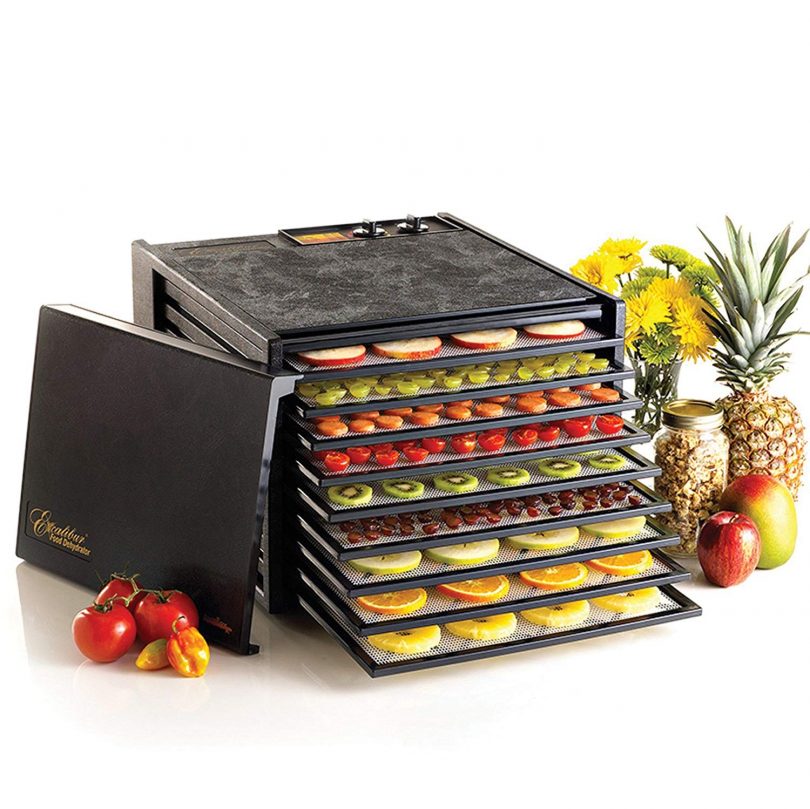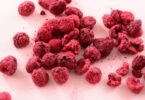Learn how to dehydrate foods with a dehydrator!
Other than dehydrating, can you name an easier and faster way to preserve your food? Apparently, it’s the simplest and most affordable method. Due to the unavailability of refrigerators in the early times, people resorted to drying to make their food last longer and save other harvests. However, with technology today even becoming more advanced, you can now use food dehydrator to dehydrate your food.
An electric food dehydrator helps reduce your food’s moisture content to 10 percent. That way, any bacteria that may lead to food decay can be prevented. It doesn’t just extend the shelf life of your fresh harvest but also retains their flavor. So it’s really important to consider using a dehydrator to preserve your favorite foods.
How to Dehydrate Food with a Dehydrator
Types of food dehydrators
Electric dehydrators are little powerhouses that are designed with specific components such as fans to conveniently dry vegetables, fruits, and other kitchen ingredients. They also have adjustment dial and temperature gauge to slow down or speed up drying time. Below are the two main types of food dehydrator:
1. Stackable food dehydrator
This is also called vertical flow dehydrator in which the heat source is found at the base, sometimes at the top, of the appliance. It is mainly designed with racks and a tray to easily preserve your foods. If you’re looking for a reasonable option, you can consider buying a stackable food dehydrator.

When it comes to functionality, this product is more ideal for dehydrating vegetables and fruits. If you want to preserve meat jerky, extra effort is needed since you will have to rotate the trays for several times during the dehydration process. The outlets on the border is designed to help air circulate better while the racks are sealed so that heat will not escape from your dehydrator.
2. Box food dehydrator
Also known as a horizontal flow food dehydrator, this product works like a traditional oven since the source of heat is located at the back of the appliance. With the help of this dehydrator, you can get uniform drying especially in beef jerky and other meat.

However, box food dehydrators can be expensive due to the quality of drying they offer. They are also hassle-free to use, making them a perfect option for beginners. At the back of the appliance, you will see the fan and the electric heater. Also, it features an outer case or container along with the trays or shelves for convenient drying.
Preparation techniques
When preparing your food to dry, there are a few things to consider. Check out the following tips to make your preparation much easier and problem-free:
- Choose good quality veggies, fruits, and meat.
- Peel off the skin, remove any seeds, and damaged portions.
- Cut into strips or thin slices for about 1/8 to 1/4 inch in order to dry easily.
- Blanching your veggies helps neutralize enzymes, but skipping this step will only give you poor flavor after dehydrating your food. You can blanch in either hot water or steam depending on what’s more appropriate for your vegetables.
- Dip your fruits to pretreat to slow down oxidation. Just add a half teaspoon of ascorbic acid or Vitamin C for every quart of water, preferably cold. You need to dip them for at least one minute before draining and drying them on racks.
Here is a great video on how to blanch your vegetables.
Steps to dehydrate foods using a dehydrator
When vegetables and fruits are in season, they are surely cheaper and tastier. However, stocking up for a year-long supply of certain foods can be done with the help of a dehydrator. The things you need include a cutting board, knife, blanching pot, citric acid, sugar, spices, salt, freezer bags or air-tight containers, and the dehydrator.
Below is a step-by-step procedure to dehydrate foods with food dehydrator:
- Start with your veggies and fruits that are fresh and of good quality. Any deteriorated produce such as bruised and overripe won’t provide you with good results.
- Cleaning, hulling, and slicing fruits and veggies while carefully maintaining consistency are all important. By doing so, you ensure that your food will dry at a uniform rate.
- Treat fruits that are prone to browning such as pears and apples with ascorbic acid. This will retain your fruit’s freshness and color even after the dehydration process.
- Blanch celery, potatoes, peas, corn, carrots, cauliflower, and broccoli to speed up drying time while maintaining their color. Ideally, it only takes up to 5 minutes to blanch your veggies.
- Add sugar, salt, or necessary spices for enhanced flavoring.
- Put your sliced veggies and fruits in your dehydrator tray. Make sure they don’t overlap as it will only slow down drying time.
- Turn on the dehydrator after putting the food inside. For the recommended drying time depending on your produce, read the manual. However, most drying times take between 8 and 12 hours.
- Make sure to check your veggies and fruits frequently to see if it’s dry enough for storage. You can take one slice and cool it down to check for dryness. It should be dry to touch, without any moisture beads when you feel the edges.
- Cooling time may take 30-60 minutes before you can safely store your food.
READ ALSO: How to Dehydrate Food Successfully: A Beginner’s Guide
Few Things to Consider
Using a stackable food dehydrator and a shelf model is not the same. For instance, it’s not advised to heat your stackable dehydrator as consistently as the shelf dehydrator. Also, you need a wider space for shelf food dehydrator because it’s larger and heavier. If you want a lightweight option, you can use the stackable food dehydrator.
READ ALSO: How to Store Dried Vegetables





